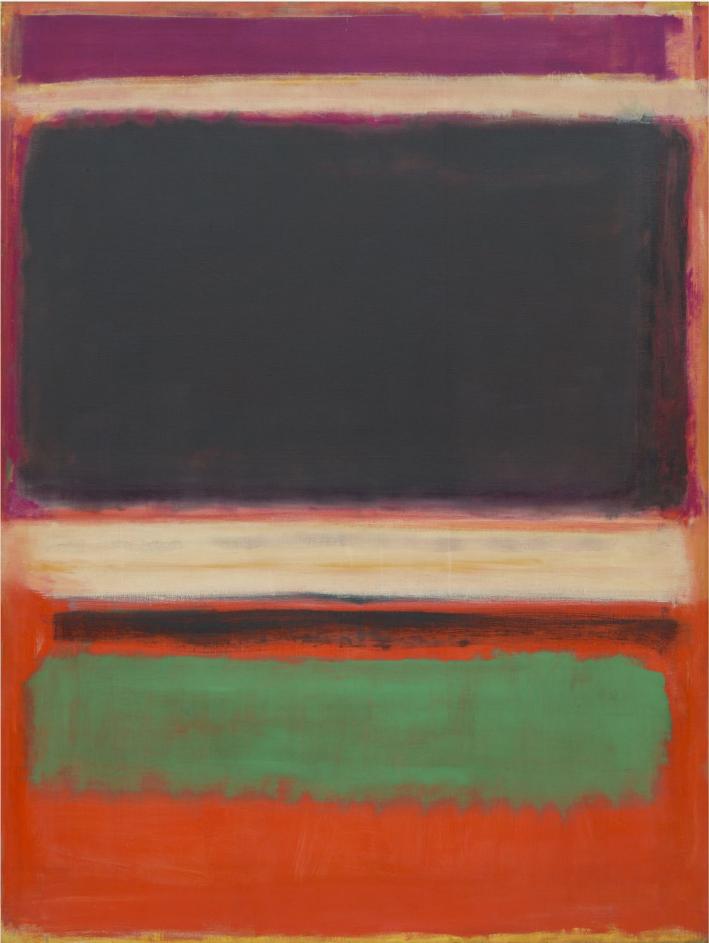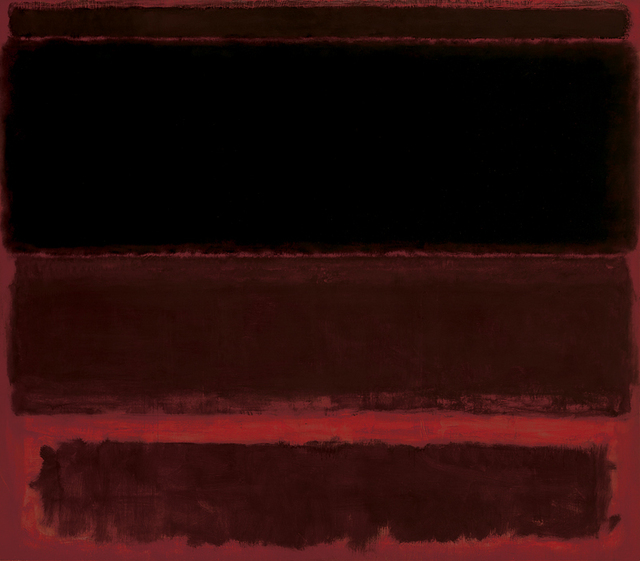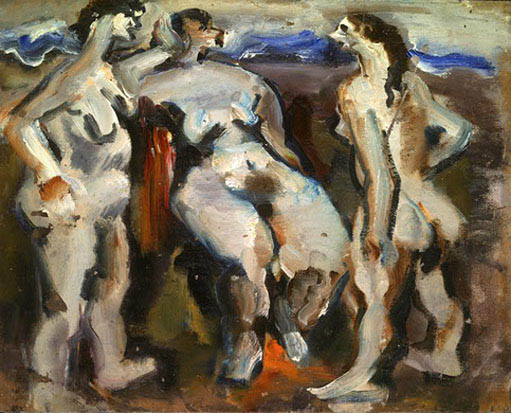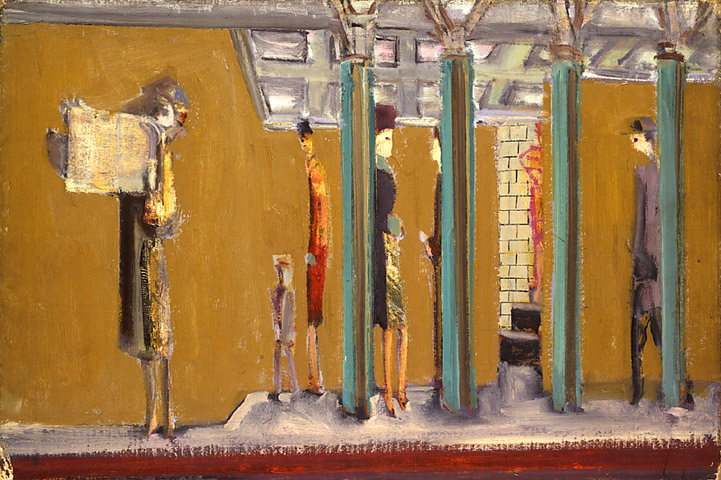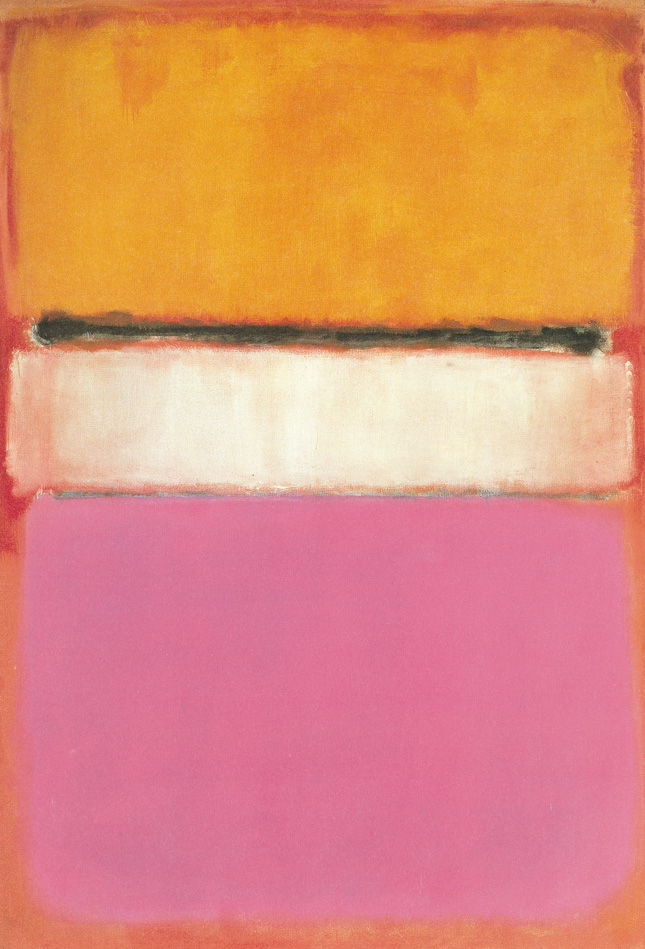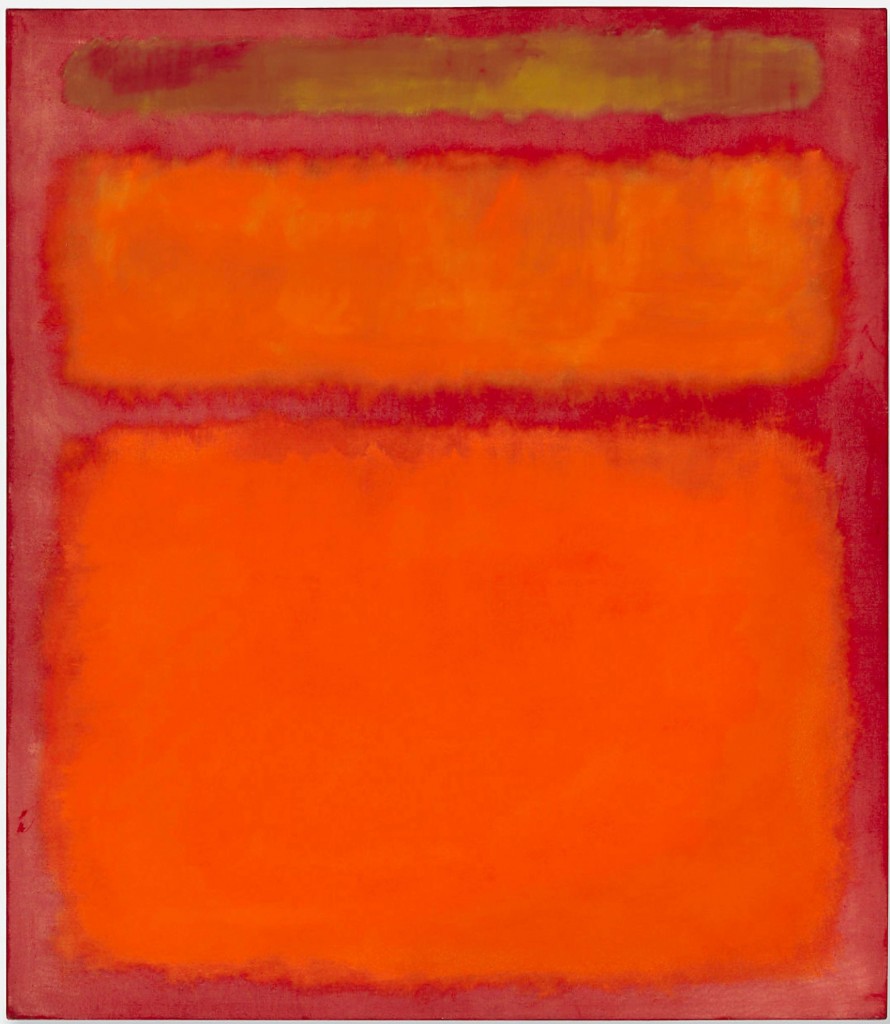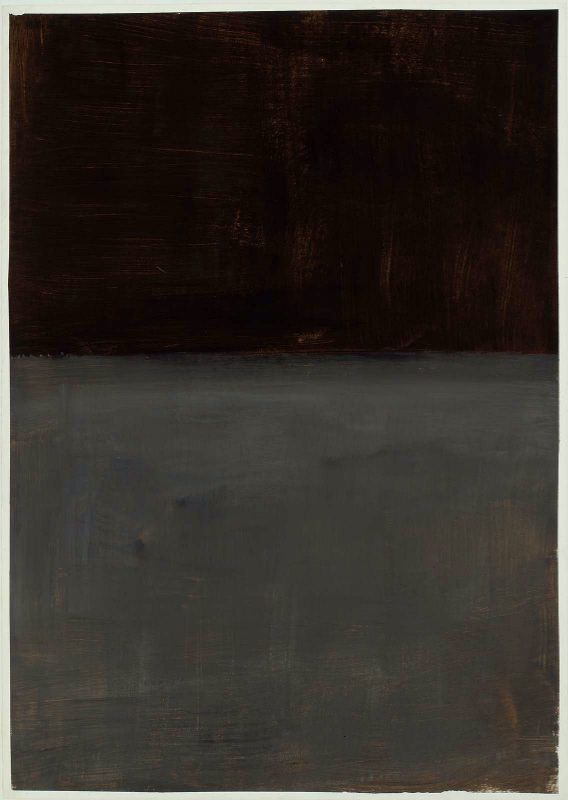Mark Rothko (Marcus Rothkovitz) was born in Dvinsk, Russia, in 1903. By 1913 he emigrated to the States with his family, settling down in Portland, Oregon. America welcomed them, other millions of jews as well, but his father couldn’t enjoy the American dream as he passed away from cancer just a little bit after his arrival, so mother Rothkovitz got in lonely charge of the children´s education and made a go of the family.
Musical suggestion to recall Rothko
Mark was the smart one at home, the one meant to triumph in life pleasing his mother… He gained a scholarship for Yale, but he left the University without being graduate and he moved to New York where, being on his twenties, took his first steps on the painting world.
He signed up on Arts and tried to make his life by teaching children at a comunal jewish center, he used to say in his class that painting was something as natural as singing, but he never reached it when he tried. Rothko thought too much, maybe his tortured mind could only produce gross and dark paintings. From this period came his passing interest on expressionism (The Subway series).
An spectacular beginning celebrating his first exhibition alone by 1933. However, he is still 20 years away from his destiny as a painter.
Years were passing by and Rothko could not find his way on painting, furthermore that was a difficult time for an artist at New York in the 30’s. At last, the Red Study, from Matisse, touched the inner painter.
From that point, he tried to capture the purest brutality he found in his books, Greek tragedy, Shakespearian tragedy, Nietzsche’s tragedy… until the moment he came across the real tragedy, the war.
Rothko always wanted to give his paintings the capacity to touch that old European masters of painting had, but… could it be possible to move people, as Miguel Angel did, just by colours and shapes? Thus, little by little he abandoned the figurative references to be possesed by his own abstraction what would originate the paintings through which he is famous worlwide, his big canvasses plenty of colorfull rectangular shapes over monochromatic backgrounds.
Suddenly Rothko had reached something utterly original, not only the colours but the shapes, that seem motionless at first sight but they get, if observed carefully, to swell and breathe turning into paintings that interact with the observer.
At the end of the 60’s, Rothko painting’s prices had shooted up, all the important museum and galleries in the world wanted one of his paintings to show close to his de Koonings, Klines and Pollocks. Rothko had reached the top.
Despite the fact of having reached success, Rothko was in pain. His health was very poor, aggravated by the alcoholism and the bad habit of smoking, furthermore his second marriage was about to fail. Rothko sank into melancholy, his work turned darker to finally arrive in a series of paintings completely black.
Unable to recover from that emotional phase of deep sadness, Rothko brought his life to an end in Winter 1970. It’s hard to get away from the feeling that Houston Chapel (his very last work) would not mean his own burial alive or that the 9 canvases exhibition, that at that very moment of his death, arrived at The Tate Gallery in London, would not be his own mausoleum.
Images via http://www.markrothko.org and http://www.mheu.org
